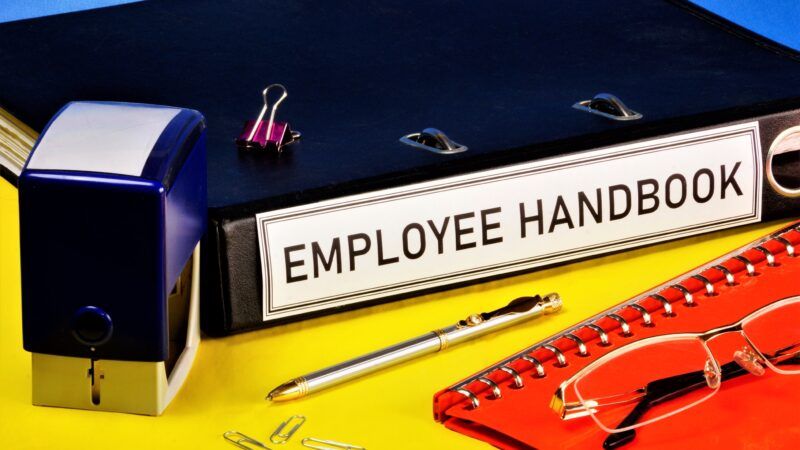Study Blames Regulation for Lower Rates of Innovation
An examination of French firms associates labor regulations with lower innovation and consumer welfare.

Economists have long linked higher levels of regulation with less innovation, and a soon-to-be-published study of French firms provides additional evidence to support what is now conventional wisdom.
The study, a 2021 working paper that will soon be published in the American Economic Review, was conducted by economists Philippe Aghion and John Van Reenen of the London School of Economics and Antonin Bergeaud of HEC Paris. They used data from the French tax authorities from 1994 to 2007 to determine if regulation affects "the pace and nature of innovation" in firms "and if so, by how much?"
The authors find that "there is a sharp fall in the fraction of innovating firms just to the left of the regulatory threshold," which they label an "innovation valley" because the regulatory consequences of increased employee size mean that firms choose not to innovate. This fact holds for firms' responses to demand shocks, as firms "with size just below the regulatory threshold" choose not to increase production to meet this demand because of the regulatory implications.
In total, the authors conclude that labor regulations equate to a 2.5 percent tax on profit, which reduces innovation by about 5.4 percent and "reduces welfare by at least 2.2% in consumption equivalent terms." This tax on profit continues to affect firms to the right of the threshold, resulting in "a greater flattening of the positive relationship between innovation and firm size."
The authors examine the effects of labor regulations on firms with between 10 and 100 employees, noting that "many labor regulations apply to firms with 50 or more employees," and measure the firms' innovative capacity by the number of patents.
These regulations force firms to devote resources away from production, including spending revenue on worker training, offering union representation, and creating profit-sharing schemes and a works council with employee representation.
"We are not saying all regulations are bad, but rather it is important to go beyond the usual approach to thinking about costs and benefits which are short-term and generally ignore long-run innovation," Van Reenen tells Reason.
Controls implemented to support workers may come from a sympathetic perspective. Still, their distortionary effects end up hurting the economy as a whole by disincentivizing production and decreasing creation of new products.
"Firms respond to incentives and disincentives and we find that even when firms experience positive developments, such as a surge in demand, they may still hesitate to invest in research and development and pursue innovation if they are near this size threshold," Bergeaud explains to Reason. "Indeed successful innovation implies growth, which, in this case, would mean crossing the 50-employee threshold and incurring additional costs."
Another interesting finding of the study is that firms innovating under substantive regulation tend to "swing for the fence" since "regulation deters incremental R&D" and firms want "to avoid being only slightly to the right of the threshold." While significant innovations garner media coverage and drastically affect consumer well-being, minor innovations also provide benefits, allowing firms to deal with immediate concerns for less investment.
Even though the French have more stringent labor laws than the U.S., the study's findings provide a warning for U.S. policy makers looking to increase labor protections by giving unions a greater role in the economy and raising the minimum wage. As the authors warn, the short-term improvements in working conditions resulting from these policies will have detrimental long-term impacts on innovation and consumer welfare.
Since government intervention distorts incentives, it will inevitably lead to undesirable outcomes, whether in the short or long term. As economist Thomas Sowell points out in his book A Conflict of Visions, "There are no solutions. There are only trade-offs."



Show Comments (38)